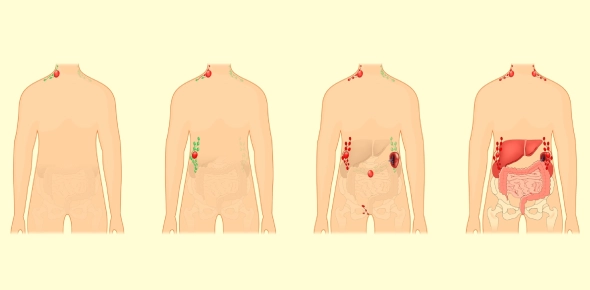Lymphatic System: Exam 2
- MCAT
- NCLEX
- USMLE
2.
You may optionally provide this to label your report, leaderboard, or certificate.
×
Thank you for your feedback!
















